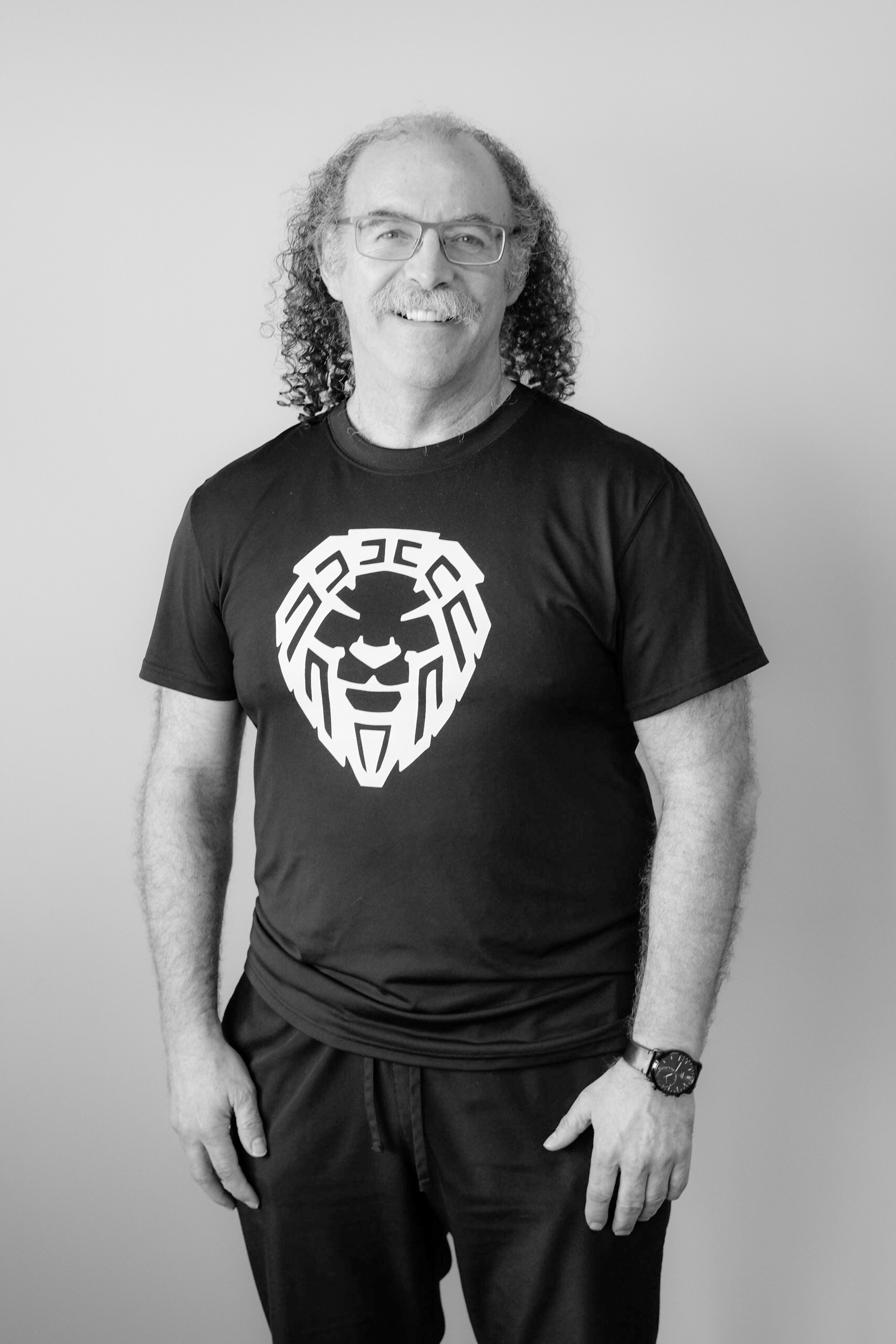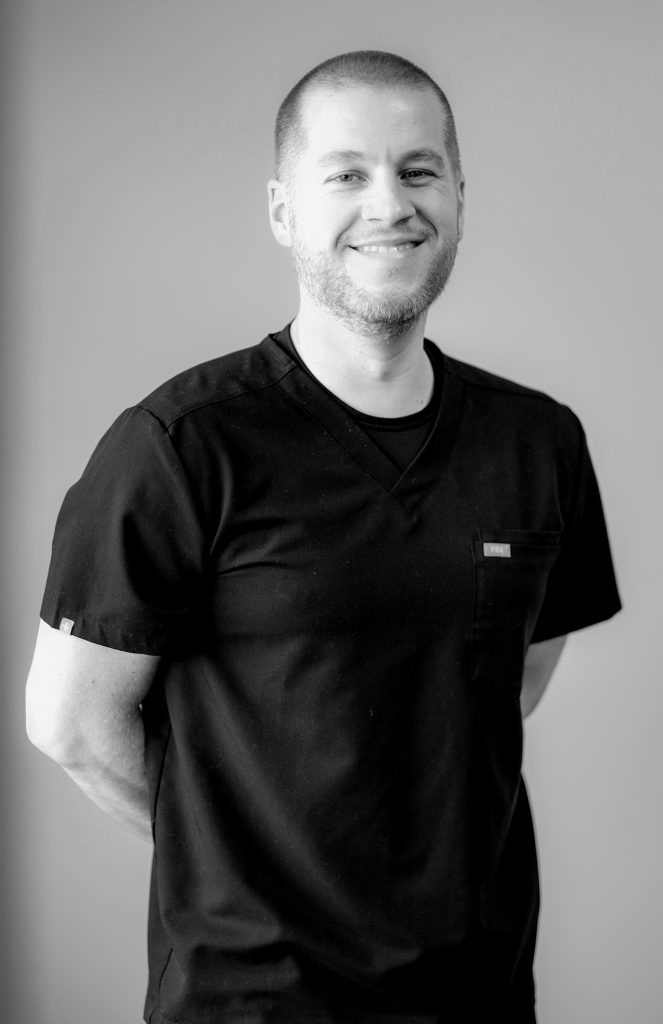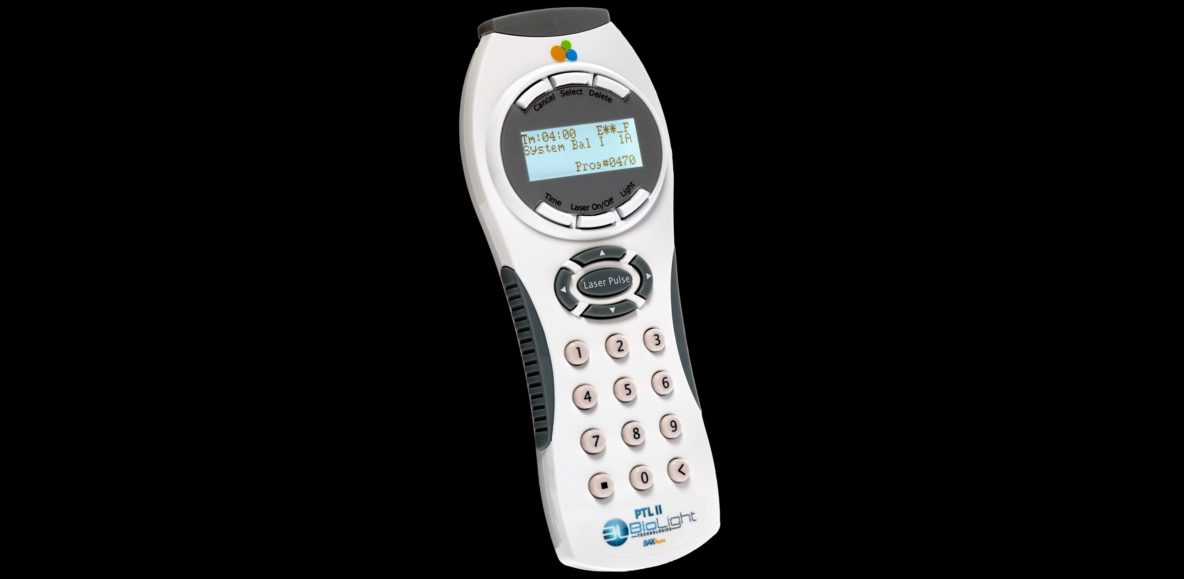Class 3A Laser is FDA approved, and has been clinically proven since the 1980’s to produce cellular change in all tissues and organs, including the brain and nervous system. This laser is safe, does not produce heat and can be completely customized. The laser light is absorbed by the unhealthy "dis-eased" cell's chromophores, creating a new frequency and state of "ease" in the cell, tissue, and organ.
80-85% of All Human Illnesses and Diseases are Caused by STRESS - This treatment can help:
- Detoxify
- Reset inappropriate responses
- Boost the Immune System
- Balance the entire body
- Alleviate symptoms associated with allergies, asthma, migraines, digestive disorders, skin irritations and so much more.
Class 3A Laser Treatment - Red Laser - 635nm
- Red laser: Used to access beneath the surface to activate chromophores to elicit healing and deliver the information to the nervous system. Good to reduce inflammation, and swelling.
- Red 635 nm / 5 mw Class 3a Laser.
Joint and Soft Tissue Support
Our Class 3A laser is also supportive in healing soft tissue injury, scar tissue, degeneration, arthritis, inflammation, and swelling.
Class 3A lasers have been FDA approved for reducing inflammation, promoting circulation, and reducing pain.
Why 635nm Light?
Light is measured in wavelengths called nanometers (nm). One nanometer is one billionth of a meter. This can be represented by scientific notation as 10-9 meters or .000000001 meter = 1nm. The wavelength of visible light falls between 380nm to 760nm. Higher wavelengths are in the infrared realm where most heat is carried. The lower wavelengths, less than 380nm such as ultraviolet and x-rays are where most organic damage can occur. With today's technology a laser diode can be manufactured with almost any wavelength.
What is the best wavelength of light to use? The lower infrared wavelengths between 800nm to 1000nm, have the least absorption rate frequency by the skin. This allows for deeper penetration of light but it is less-absorbable and does not stimulate the physiology of the body as well as the visible red, 635nm wavelengths. Even though the 635nm wavelength has less body penetration it still has been found to stimulate proper oxygenation, detoxification of the cell, DNA replication, and regeneration of damaged nerve tissue more efficiently than other wavelengths.
This is especially true in the study presented at The 2nd Congress of The World Association for Laser Therapy. This study demonstrated the systemic healing effect of LLLT where low doses 635-nm wavelength laser therapy were the primary stimulus in those studies.
And due to the higher physiological responses, the PTL II utilizes much less power with the same or greater response as infrared therapy units. To date, no research demonstrates any negative properties from low-level 635nm wavelength lasers.
Why 5 mW?
The brightness of light is measured in Watts of power. If you have a 100-Watt light bulb it will produce a brighter, hotter light than a 50-Watt light bulb. The brightness and heat of lasers are also measured in watts, however, low-level lasers are far below 1 Watt therefore measured in Milliwatts (mW) of power. One mW is 1/1000 Watt. LLLT is sometimes referred to as cold laser, which means that the level of energy will not significantly raise the temperature of the skin or internal tissues when exposed to the light, no matter how long the exposure period. Their power is important since it has been discovered that raising the temperature in the tissue can have many adverse effects on the healing process. The class 3A laser is considered a Low Level or cold laser and must be under 5mW in power. This is in contrast to what most people relate a laser to be which is a hot laser commonly used in medical practice for cauterizing, cutting, and burning tissue. These lasers usually start at 1,000mW or 1 Watt and higher. The number of watts determines the amount of energy the laser produces in any given time frame. This
unit of measure is referred to as Joules of energy. Many higher power infrared lasers and LED arrays base their therapy protocols on the Joules of energy produced. However, Joules of energy produced does not appear to have the same importance when it comes to low level pulsed visible red laser light.
Many times the desired physiological effect is obtained within a few seconds of exposure and any additional exposure can cause over stimulation of the tissue. So even though logic would dictate that the more energy the better the therapy, how the body responds to the energy is the final factor for determining the best therapy session.
Effects of LLLT on Bacteria
The effects of laser light on bacteria are quite varied depending on the wavelength and pathogen.
- The 905-nm wavelength light had a negative effect on S. aureus bacteria with an increased growth of 27% following irradiation at 50 J/cm2.
- The 660-nm wavelength light had a marginal benefit on some pathogens.
- The 810-nm wavelength light reduced the growth of P. aeruginosa by 23% following
irradiation of 5 J/cm2 but increased the growth of E. coli by 30% following irradiation of 20 J/cm2 - The 630-nm wavelength light reduced the growth P. aeruginosa and E. coli by 27% with only 1 J/cm
This study concluded that a wavelength of 630-nm appeared to be most commonly associated with bacterial inhibition. Effects of 630-, 660-, 810-, and 905-nm laser irradiation delivering radiant exposure of 1-50 J/cm2 on three species of bacteria in vitro, Nussbaum EL, Lilge L, Mazzulli T.,Rehabilitation Services, Mount Sinai Hospital and Department of Physical Therapy, University of Toronto, Toronto, Ontario, Canada
Frequency of LLLT
Frequency therapy has been utilized in the health field for nearly 75 years. It is probably one of the most researched, most documented and well established health procedures in existence. It is utilized world-wide and proven to be extremely powerful.
A recent article studied the rate and pulse duration on mast cell number and degranulation. They concluded that they could increase the mast cell number with continuous wave light but to achieve degranulation, pulsed light was more effective. Furthermore, different pulse rates had a greater influence on the degranulation effect. Unfortunately they did not select a specific frequency known to achieve the best effects they just selected a variety of different frequencies and still found a significant difference. Effect of Laser Pulse Repetition Rate and Pulse Duration on Mast Cell Number and Degranulation. el Sayed SO, Dyson M., Tissue Repair Research Unit, U.M.D.S., London, United Kingdom.
Clinical Research on LLLT
In his book, Energy Medicine: The Scientific Basis (ISBN # 0-443-06261-7), James L. Oschman makes multiple references to the communication within the body - from cell to cell – as coherent light or laser light. This may further explain the enormous and sometimes surprising success with wound and bone healing, neurological rehabilitation, and illness reversal when using coherent LLLT. One researcher describes the effects of light therapy as follows:
- “The exact mechanism of action of low level laser therapy is still not completely understood. Its basic feature is to modulate cell behavior, without causing significant temperature increase. During irradiation of a tissue with a laser beam, an interaction between cells and photons takes place--photochemical reaction. After a cell absorbs the photon, the photon stops existing, and its energy is incorporated into the molecule which has absorbed it. Once this energy is transferred to different biomolecules, it can be transferred to other molecules as well. The energy transferred to the molecule can increase its kinetic energy, and activate or deactivate enzymes or alter physical or chemical properties of main macromolecules. Effects of low level laser therapy on wound healing process is one of the most fully studied aspects of this type of therapy. It affects all phases of this very complex process.” Low level laser irradiation and its effect on repair processes in the skin, Matic M, Lazetic B, Poljacki M, Duran V, Ivkov-Simic M.
Laser Light Therapy and Wound Healing
A brief review of literature reveals amazing effects of LLLT on wound healing. A study in Brussels, Belgium studied the influence of LLLT on the proliferation of fibroblasts and on the lymphatic regeneration. Four parameters were studied (Adhesion, local edema, regeneration of the vein and regeneration of the lymph vessel), with the following results:
- The adhesion of the scar with the under laying tissues disappeared after 10 days in the control group and after 4 days in the experimental group, a 60% improvement with LLLT therapy. The local edema disappeared in the test group after 8 days, while in the control group it lasted until 10 days, a 20% improvement. A considerable acceleration of the regeneration of both vein and lymph vessel was also seen in the test group. Wound healing process: Influence of LLLT on the Proliferation of Fibroblasts and on Lymphatic Regeneration, Lievens P, van der Veen, PhD, Department of Rehabilitation Research, Vrije Universiteit Brussel, Brussels, Belgium.
In another study, the mean time required for complete closure of a sutured wound in the control group was 7 days while irradiated test wounds took only 5 days to heal. The mean breaking strength, as measured by the ability of the wound to resist rupture against force, was found to be significantly increased in the test group. Early neovascularization, epithelization, increased fibroblastic reaction, and leucocytic infiltration were seen in the laser-irradiated wounds. Effect of helium-neon laser on wound healing, Bisht D, Mehrotra R, Singh P A, Indian Journal of Experimental Biology. 1999; 37(2):187-189
Wound healing on animals and humans with use of low level laser therapy following sport and traffic accident injuries resulted in a 25-35% acceleration of healing on 74 patients over control group. Wound Healing on Animal and Human Body with Use of Low Level Laser Therapy - Treatment of Operated Sport and Traffic Accident Injuries: A Randomized Clinical Study on 74 Patients with Control Group, Simunovic Z, Ivankovich A D, Depolo A.
A very surprising finding of wound healing with LLLT is the systemic effect that it has on the body. Ten days after receiving an 8mm circular full thickness hole in both hips, the control group of rats averaged 26% closure, but irradiated rats averaged a closure of 65% on both left (irradiated) and right (non-irradiated) hips - a systemic effect on the right, as it received no irradiation. A similar study involved mice and rabbits receiving bilateral fractures where only one side was irradiated in the test group and no irradiation was performed on the control group. Both sides of the test group healed significantly
faster than the control group. Wound healing; US Food & Drug Administration: results from a preliminary wound healing trial. Waynant R, Notes from a presentation at the 2nd Congress of The World Assoc. for Laser Therapy, Kansas, MO, USA, Sept. 25, 1998.

Dr. Russel Rhea, MD
Dr. Russel Rhea, MD and Dr. Michael Sulack, DC are ready to provide a customized treatment with our PTL-II laser.
Call today to schedule an evaluation and treatment.
865-938-1070


